History:
 “Alcohol and many other drugs have been used for thousands of years. Alcoholic beverages have been fermented from an array of plants and fruits since at least 4000 bc. Both wine and beer were first made at about the same time in what are now Iraq and Iran.1 Some of the earliest references to the use of alcohol are found in ancient Sumerian clay tablets that contain recipes for the use of wine as a solvent for medications.2 There is little mention of alcohol use in North America before the arrival of whites. However, there are some isolated reports of alcohol use by the Aztec in Mexico, by the Pima/Papago in the Southwest United States, and by the Aleuts from as far north as Alaska.3 Alcoholic beverages were introduced in larger quantities during colonial times.”
“Alcohol and many other drugs have been used for thousands of years. Alcoholic beverages have been fermented from an array of plants and fruits since at least 4000 bc. Both wine and beer were first made at about the same time in what are now Iraq and Iran.1 Some of the earliest references to the use of alcohol are found in ancient Sumerian clay tablets that contain recipes for the use of wine as a solvent for medications.2 There is little mention of alcohol use in North America before the arrival of whites. However, there are some isolated reports of alcohol use by the Aztec in Mexico, by the Pima/Papago in the Southwest United States, and by the Aleuts from as far north as Alaska.3 Alcoholic beverages were introduced in larger quantities during colonial times.”
Types of alcohol & standard drink sizes:
Spirits: Alcohol that has 40% ABV is measured by 44ml drinks; aka a shot. Spirits include examples such as: vodka, gin, tequila and rum.

Beer & Ciders: Typically around 5%, one can of beer is usually 12oz/354ml. The tall cans and IPA beer (anything above 5%, and/or more than 355 ml) are more than one drink.
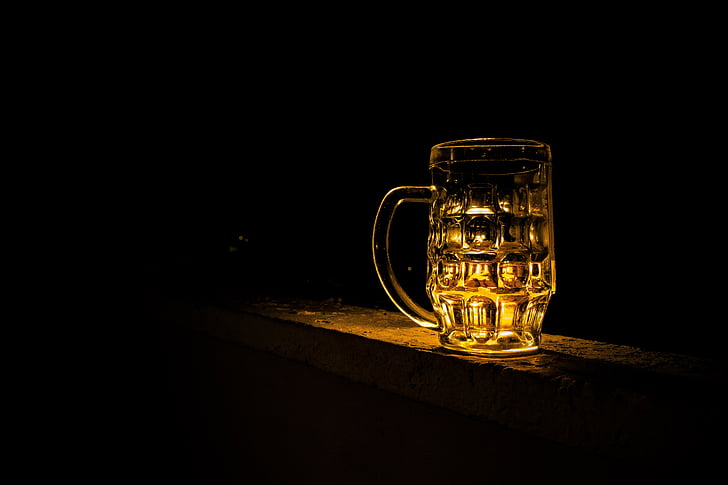
Wine: Typically 10-12% ABV. One glass of wine is 150ml. Fortified wines that are 20%+ are stronger and would require a smaller serving of about 59-88ml. Pinot grigio, chardonnay, cabernet, and prosecco are examples of popular wines.
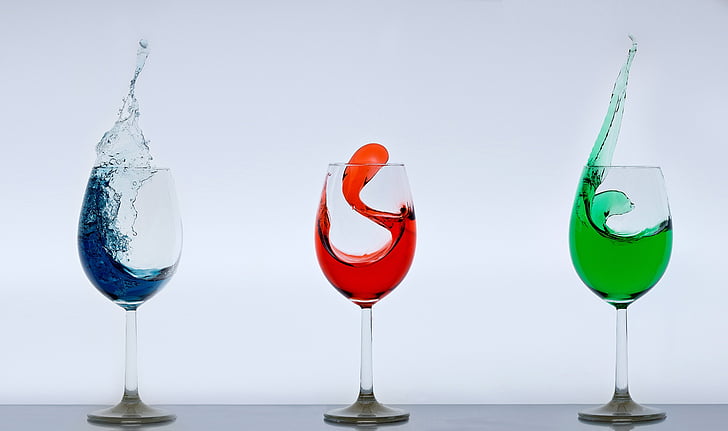
Liqueur: Typically around 20%. 2-3 oz (59-88ml) is used for a drink. Sour puss, Baileys, Rumchata and Kahlua are examples of liqueurs.
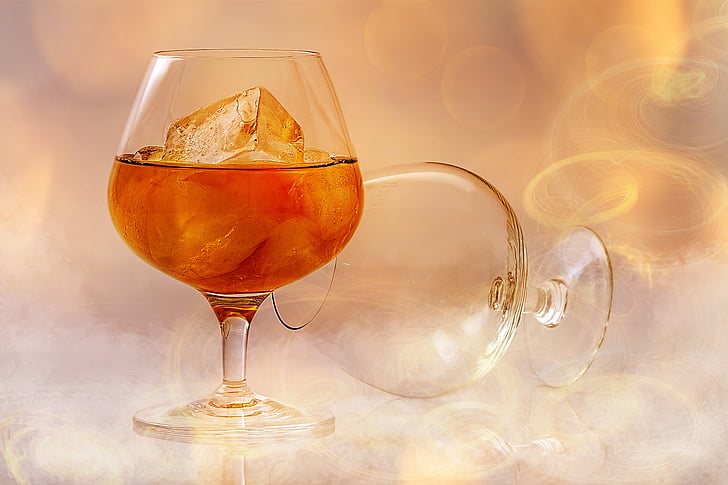
Hangovers:
After a heavy period of drinking, most of us experience a hangover effect.
Symptoms include: headaches, blurry vision, nausea, vomiting, irritability, thirst, anxiety, sweating, fatigue, diarrhea and increased blood pressure.
Hangovers are caused by dehydration (alcohol is a diuretic and can cause increased urination and diarrhea, leading to fluid loss & GI upset), electrolyte imbalances, vasodilation, difficulty sleeping the day before/day of, hypoglycemia which all add to the unpleasant aforementioned effects.
Congeners are associated with worse off hangovers and are most commonly more concentrated in red wine & whiskey/bourbon. There are less congeners in vodka and gin. Vodka having a lower amount, leads to it being less likely to cause a hangover, but again, this is personal and dose dependent. Some examples of congeners include tannins, acetaldehyde, methanol- these give alcohol its distinctive scent and flavor.
To help deal with and mitigate a hangover: drink water during and after your drinking session. Ginger may help reduce nausea, and B vitamins may help re-energize you and replenish your nutrients as alcohol interferes with vitamin B absorption. Advil and aspirin may help in reducing pain from headaches. Allow yourself to rest and recover for the next 24 hours, as on average, hangovers last about a day.
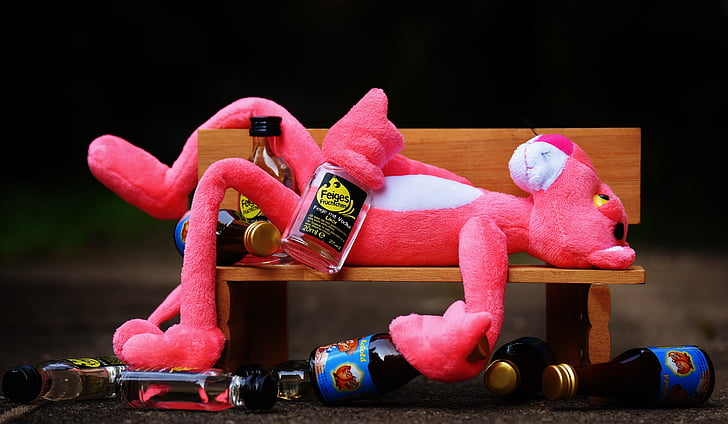
Alcohol Poisoning:
Also known as an overdose on alcohol. It happens when there is too high of a concentration of alcohol in your blood, causing certain parts of your brain to shut down. It can be deadly.
Symptoms include: blacking out, memory loss, nausea and vomiting, disorientation and clumsiness, urination, slow heart rate, clammy hands, blue lips/nails/extremities, slow breathing, coma, asphyxiation from vomiting, death.
A person OD’ing on alcohol may need to be hospitalized to clean their blood. If someone is not responsive, their body is turning blue and they feel cold, and/or there is a gurgling noise when they breathe, take them to the hospital.
This overdose could cause brain damage and be deadly.
Regardless of how drunk someone is, even if they are not experiencing alcohol poisoning per se, put them in the recovery position to prevent them choking from their own vomit.

Place the person on their side and fold their arm that is closest to you, over their chest. Get their leg that is closest to you, and bend it. The recovery position keeps airways open and prevents choking on vomit.
Alcohol Withdrawal:
Symptoms include: nausea, tremors, tingling, anxiety, insomnia, weight loss, irritability, anxiety, cravings & can last several months. Usually withdrawal begins several hours to 3 days after a person’s last drink.
Seizures are most common within alcohol & benzodiazepine withdrawal because the brain gets overstimulated with neuronal excitation because GABA is lacking (and it is an inhibitory neurotransmitter)
To avoid alcohol withdrawal, try to drink in moderation and avoid drinking everyday. If you struggle with alcohol addiction, making sure to taper and potentially seeking a medical detox facility is crucial.
According to Canadian health guidelines, a safer amount per week for males assigned at birth is no more than 15 drinks a week. For females assigned at birth, no more than 10 drinks a week.
Leave the mixing to the DJ!
- Avoid mixing alcohol with other downers, including GHB, opioids, benzodiazepines and Z drugs.
- Combining stimulants and alcohol will not sober you up either- it will put a strain on your heart and increase the amount you drink, leading to higher risk of OD.
- If you do choose to mix substances, start low, go slow and listen to your body! Every single body is different and will have different reactions to different combinations and doses.
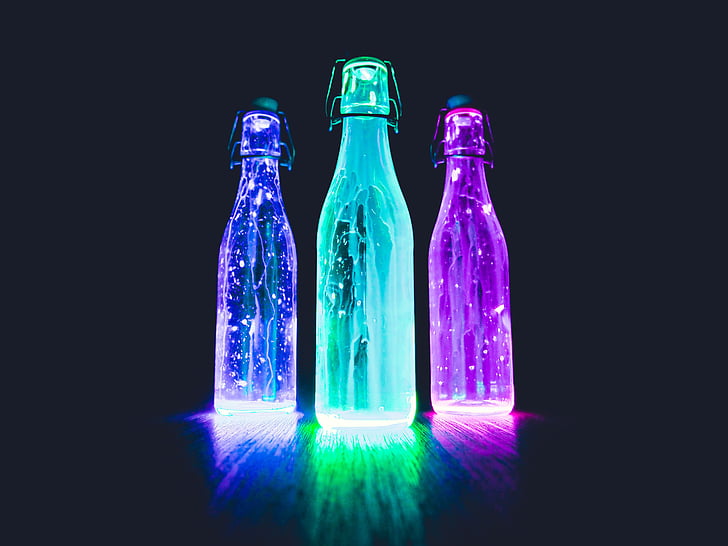
Check your medications.
Certain medications may interact with alcohol and potentiate the effects (such as:
benadryl and Gravol, SSRIs, MAOIs). Other times, it may simply be more risky to drink, for example on birth control, OTC painkillers, blood pressure drugs, diabetes drugs and antibiotics.
Eat before and during drinking to
slow down the rate of absorption.
Carbs increase absorption, so try to stick to fattier and protein dense foods. Drinking on an empty stomach may lead to faste
r and potentiated effects of alcohol, while drinking on a very full stomach may lead to more nausea. Find a balance that works for you!
Start low and go slow!
Listen to your body, take note of how you feel and how intoxicated you are. Avoid pushing your limits by pacing your drink consumption; this can be done by portioning out cans by sharing them with others, measuring out wine glasses and giving sufficient time in between drinks before drinking more. According to Canada’s drinking guidelines; try to stick to 1 drink an hour or less! The liver is able to metabolize roughly 1 standard drink every 60 minutes.
Focus on set, setting and substance.
Drinking when you’re in a bad mood, in poor health, sleep deprived may negatively affect your experience. Set refers to the mindset one may be in and this includes your mood, stress levels, general state of health and wellbeing. Setting refers to the physical and social environment you’re in, including the physical space and the people you are with, or without. Substance calls into consideration the experience level one may have with it. If you’re a novice to alcohol, consider taking extra care in order to listen to your body and remain in tune to see how inebriated you are.